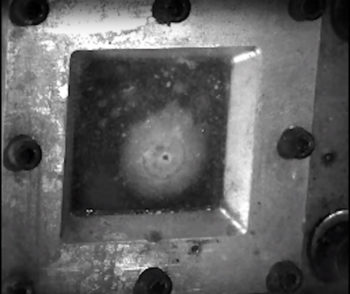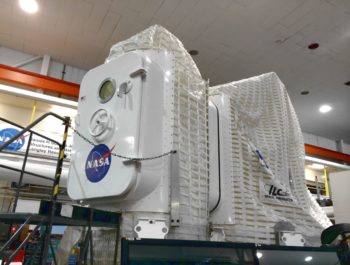If anything that has come forward in the 21st century it’s the art of self-healing.
Not to be outdone by “I’m okay, you’re okay” philosophy, NASA has developed a new polymer material that can self-heal in micro-seconds after bullet strikes, other high-velocity punctures, and even non-high-speed projectiles in certain environments.
This expertise — originally developed to protect space vehicles from micrometeoroids — has many other down-to-Earth applications that entrepreneurs, startups, and companies can utilize for their business needs.
In space, this inventive idea is a plus. How about an off-Earth inflatable habitat that can apply this technology?
Micro-second self-healing
It’s called Multi-layered Self-healing Material System for Impact Mitigation.
This material is capable of micro-second self-healing from high-velocity punctures across a wide range of temperatures.
NASA Langley researchers in Virginia have developed this material system for impact mitigation from ballistic or hypervelocity events (e.g., micrometeoroids or orbital debris).
Reactive liquid middle
Here are the details: The system is constructed by sandwiching a reactive liquid monomer formulation between two solid polymer panels. While developed with space exploration in mind, the innovation has many other applications, such as fuel tanks and hydraulic insulation.
This tri-layered structure is comprised of solid plastic front and back layers sandwiching a viscous, reactive liquid middle layer.
Combined, this system provides rapid self-healing following high velocity ballistic penetrations. Self-healing in the front and back layers occurs when the puncture event creates a melt state in the polymer materials and the materials melt elasticity snaps back and closes the hole.
Ballistic puncture
The viscous middle layer augments the self-healing properties of the other layers by flowing into the gap created by a ballistic puncture and concurrently solidifying due to the presence of oxygen.
All that said, this creative technique has two tiers of self-healing: a puncture-healing mechanism triggered by the projectile and a second mechanism triggered by the presence of oxygen.
Look for more information about this technology via this informative video at:
https://www.youtube.com/watch?v=XnJbH9re2rI
Also, go to this fact sheet:





